Biography
If in European countries, Kovalevskaya considered the greatest mathematician, then in their homeland, her genius recognized only after death. Kovalevskaya became the first woman in the world, which received the position of professor, as well as the first woman-scientist in Russia, who was honored to become a corresponding member of the St. Petersburg An.Sofya's life resembled an endless struggle: for the right to education, for the opportunity to engage in mathematics and teach a favorite subject, for choosing a scientific career instead of becoming only a custodian of a homely focus.
Childhood and youth
An outstanding mathematician woman was born in the city of Moscow on January 15, 1850 in the wealthy family of Lieutenant General Vasily Korvin-Krukovsky and Elizabeth Schubert. In addition to Sophia, parents raised two more children: the elder brother of Fyodor and Sister Anna. Subsequently, the favorite son cleared the state of his father and enthusiastically welcomed the Bolsheviks, while Anna became a revolutionary and participated in the Paris Commune.
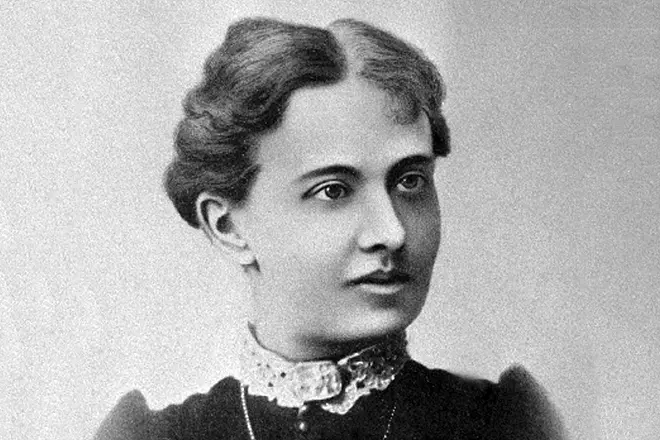
Father and mother wanted to have another son, so the appearance of Sophia did not cause joy. The girl felt the dislike parents from an early age and tried to earn them praise. Feeling rejected by native people, Sophia often chose loneliness, for which he received the nickname "Dicarka".
The girl grew up in the parental estate of polybino, which was located in the Vitebsk province. First, both sisters were a nanny, and then their training was entrusted to the home teacher Joseph Malevich. For eight years, Sophia studied all items that were taught at that time in male gymnasiums. The teacher admired the abilities of the girl, dirtying, ideal preparation for each lesson and the rapid learning of the new material. At the same time, the ability of Sophia to the sciences was hereditary, because her great-grandfather Fedor Ivanovich Schubert was a famous astronomer, and Santa Fedor Fedorovich Schubert, entered the story as a talented mathematician and a geodesist.
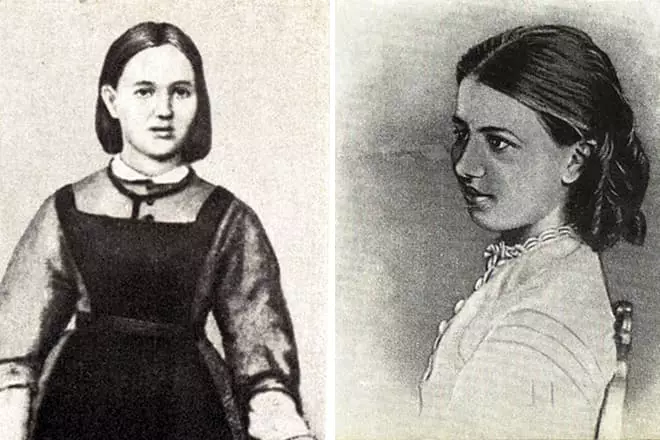
The frequent guest of the father's house, Professor Nikolai Tirtov, noticed the mathematical abilities of the girl. A scientist even nickned Sophia "New Pascal" and offered his father to give daughter a quality mathematical education. But the old general was convinced that a woman had only one road in life - married. Father did not want to send daughters abroad for training, and in Russia universities were closed for women.
Mathematics
In 1866, Sophia moved to St. Petersburg and began to learn from Alexander Strannyubsky, the teacher famous for the time. Two years later, the girl received the right to listen to the lectures of Ivan Sechenov, as well as study the anatomy at the Military Medical Academy.
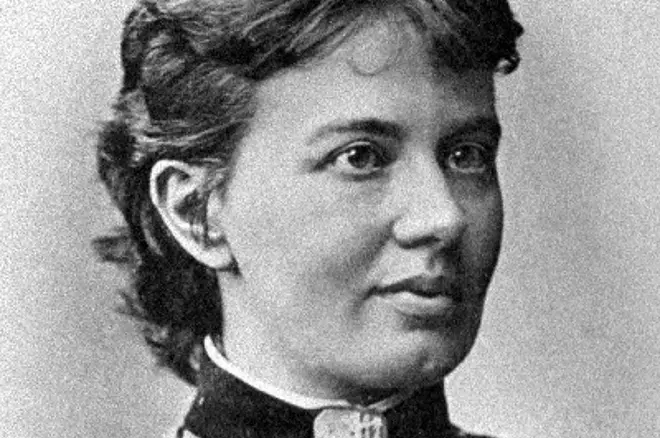
To get rid of the permanent restrictions of parents, Sophia is solved on a fictitious marriage with Vladimir Kovalevsky, after which he leaves for the border to study at Heidelberg University. At this time, the girl strengthens the math, listening to the lectures of Helmagolz, Gustav Kirchhoff, etc. The husband was admired by his wife's abilities and in one of his letters reported that his 18-year-old life companion was perfectly educated, knows many languages and is engaged in mathematics.
In 1870, Kovalevsky's family decides to stay in Berlin, where Sophia wanted to learn at the local university and attend the classes of Charles Weierstrass. But it turned out that women did not accept women in this educational institution. Kovalevskoy remained only to ask a scientist about private lessons. To get rid of an annoying girl, Weiershtrass decided to ask Sophie a number of the most advanced tasks. But after some time, Kovalevskaya returned to a scientist with ready-made solutions.
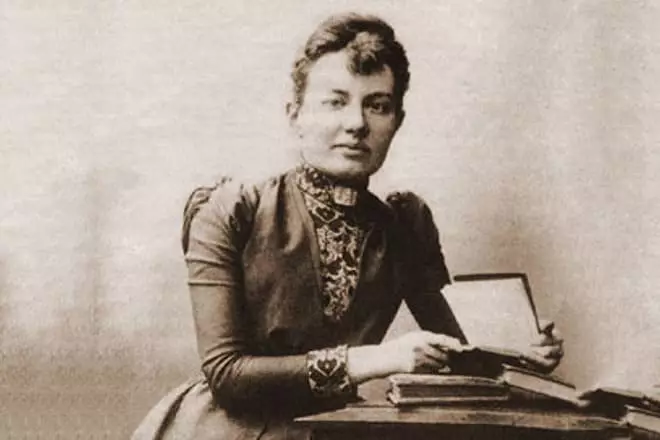
Weierstrass was amazed by the accuracy and logicalness of the conclusions of Kovalevskaya and became a permanent teacher for her. Sofya trusted the opinion of the mentor and consulted with him about each of his work. But the professor only reviewed the works of women mathematics, and all the ideas belonged to Kovalevskaya.
In 1874, Kovalevskaya became a doctor of philosophy after the protection of the dissertational study "On the theory of differential equations" in Göttingen University. It was the greatest success, under the impression of which a young family decided to return to Russia.
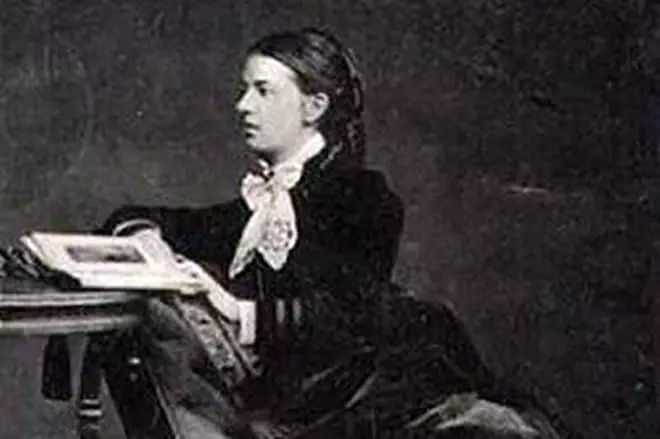
Sophia dreamed of teaching at St. Petersburg University, but the Russian scientific society was not ready to open the door in front of a talented woman. In their native country, outstanding mathematics could only offer the position of teacher in the women's gymnasium.
Disappointment forced sophia to leave science for six years. She tried to realize himself in literary and journalistic work, often performed at the congresses of doctors and researchers. During this period, Kovalevskaya gave birth to a daughter and went to Europe for a while.
In 1880, Sophia returned to Moscow, and a year later he became a member of a local mathematical society. The woman did attempts to surrender the Master's exams uncomplicated for her, but received an offensive refusal. As a result, Kovalevskaya went to Paris, where she sought a teaching site on the highest female courses. Nevertheless, here in the brilliant mathematics expect disappointment.
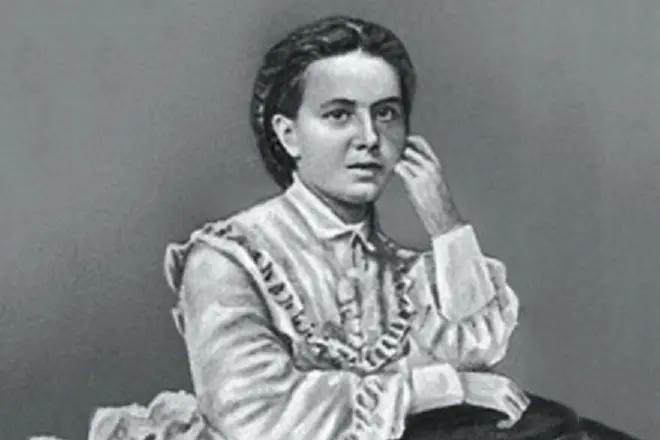
To secure a family, Vladimir Kovalevsky threw scientific activities and engaged in business. He invested the savings of Sophia, but failed. The man was constantly deceived by the companions, and for 1883 the family of scientists fully lost their livelihood. At the same time, Kovalevsky was accused of speculating, and, having lost the hope of getting out of a complex position, the man committed suicide. Horrible news shocked sophia, which soon returned to Russia and restored the good name of her husband.
Important changes in the life of Sophia Kovalevskaya occurred after she was invited in 1884 to teach at Stockholm University. The device of women scientist contributed to Karl Weierstrass and Magnus Mittag Lefefler. First, Sophia read lectures in German, and a year later, he moved to Swedish. In addition, Kovalevskaya showed a literary talent, and she began writing stories and stories.
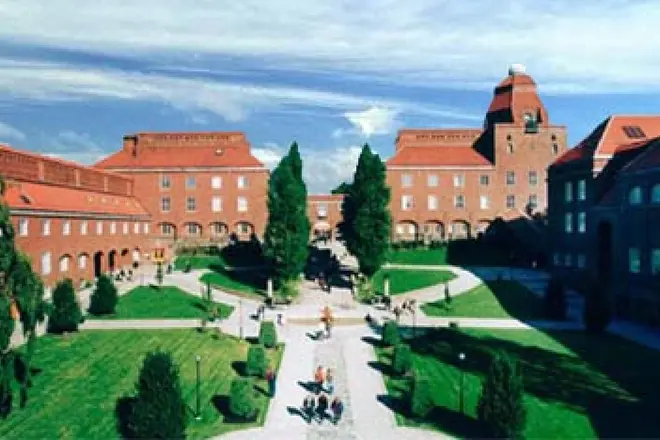
At this time there are most scientific discoveries of Kovalevskaya. The woman studied the process of steepness of a heavy asymmetric top, and also opened the third version of solving the problem on the rotation of the solid body if there is a fixed point.
In 1888, the Paris Academy of Sciences announced a competition for the best work on the study of the movement of a solid body, which has a fixed point. As a result, the jury chose a study that demonstrated an amazing mathematical erudition.
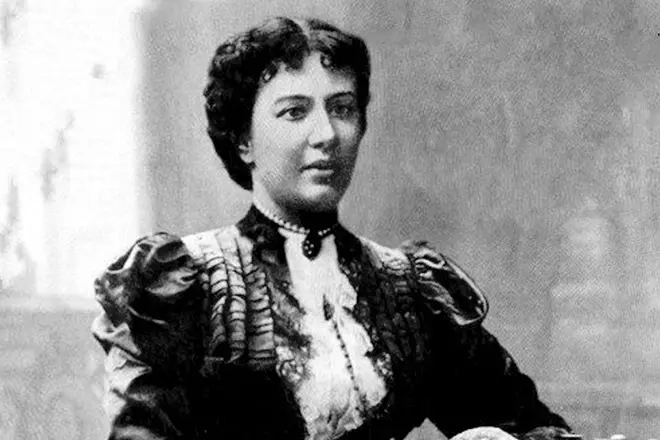
Competitive work was so impressed by scientists that they increased the award from 3 to 5 thousand francs. After that, the jury opened an envelope with the name of mathematics that wrote a brilliant scientific work. The author of this study was Sophia Kovalevskaya - the only woman at that time, taught mathematics in the post of professor.
The opening of Kovalevskaya was assessed in 1889 and the Swedish Academy of Sciences, which presented a premium and professorship in Stockholm University (life). In the same year, the Russian Academy of Sciences elected Sophia by a corresponding member.
Glory and favorite business abroad did not save Kovalevskaya from longing in their homeland. The woman wanted to teach at St. Petersburg University, and this opportunity appeared in 1890. Sophia came to Russia, but a talented scientist did not even even participate in the meeting of the Academy. This decision was argued by the fact that in the customs of the scientific meeting, the presence of women is not included.
Personal life
Sophia Korvin-Krukovskaya married in 1868 for Vladimir Kovalevsky - a biologian scientist. This marriage was not built on love or at least strong attachment. The only reason for which the girl decided to marry was the desire to escape from the power of a despotic father.
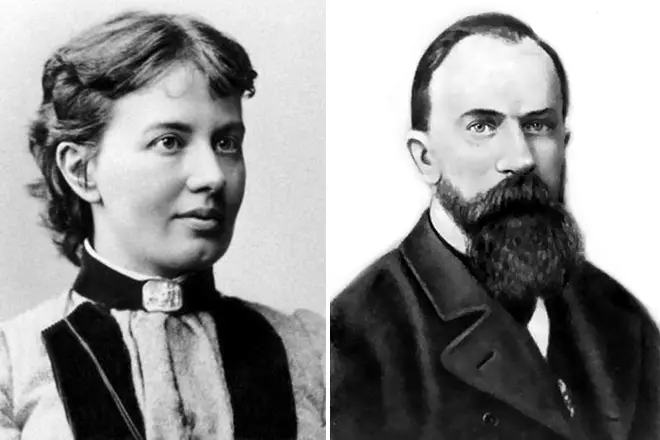
The fictitious marriage of two scientists in time turned into a real family, and young people loved each other. In 1878, the pair was born a daughter, which was also called Sofia (later became a doctor). Kovalevskaya has severely transferred a pregnancy period, and after the birth suffered from depression.
The joint life of Vladimir and Sophia was difficult, often young people remained without work and money. Nevertheless, mutual respect and care of each other reigned in the family. Therefore, when in 1883, Kovalevsky broke out, and he committed suicide, Sophia took this loss as a personal tragedy.
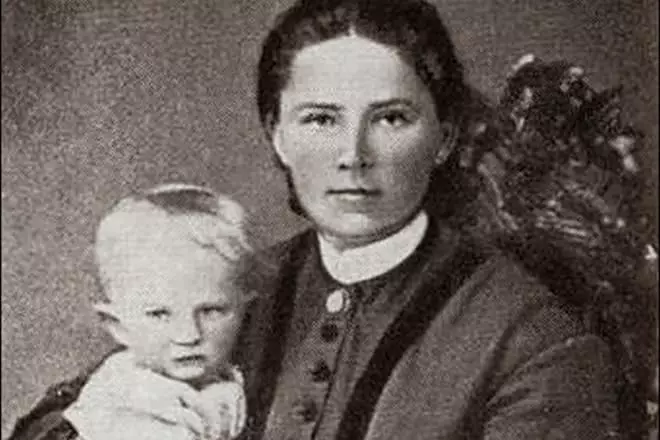
After the death of her husband, the woman got together with the brother of the deceased - Maxim Kovalevsky, who was a sociologist and was pursued by the Russian government. Sophia invited Maxim to Stockholm and helped get a job at the university. Kovalevsky even decided to make a benefactor offer, but she responded with refusal. The couple finally broke up in 1890 after the completion of the Joint Travel in Riviera.
Death
Sophia Kovalevskaya enjoyed authority in prestigious universities in Europe, became a recognized scientist and a teacher, but the scientific society of the native country did not recognize a woman. Once unnecessary in Russia, Kovalevskaya decided to return to Stockholm. On the way, Sofya was very cold and fell ill with inflammation of the lungs. Doctors turned out to be powerless to help the Great Mathematics, and on February 10, 1891, Kovalevskaya died at the age of 41.
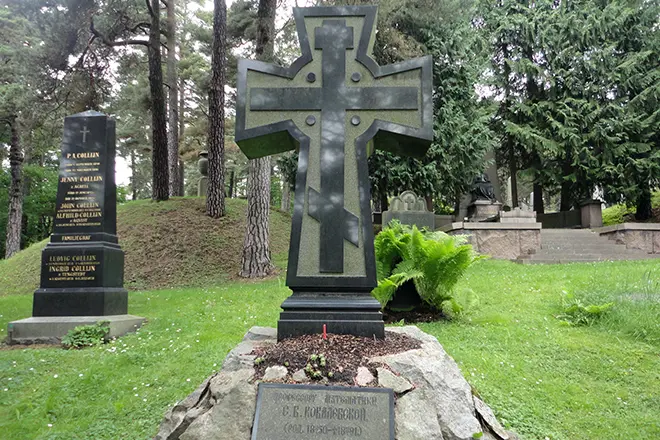
Five years later, women from different parts of the Russian Empire collected money for a monument to the famous compatriot. These act, they expressed recognition of the achievements of Kovalevskaya in the field of mathematics and its contribution to the struggle for women's rights to education.
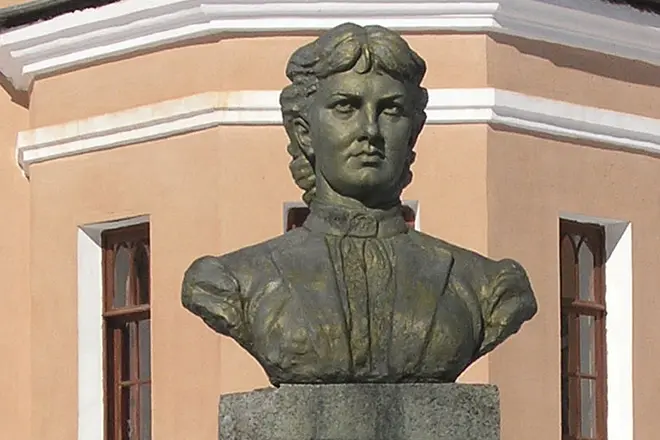
Today, Sophia Kovalevskaya achievements are highly appreciated by the world scientist community. In her honor, the lunar crater is called and asteroid. The photo of Sofia was depicted in 1951 on the Soviet postal stamp. Since 1992, Russian AM awards to mathematicians a prize named after S. Kovalevskaya. In many cities of the post-Soviet space in honor of the famous woman scientist named streets. In Stockholm (Sweden), Great Luki (Russia) and Vilnius (Lithuania), her name are educational institutions.
Bibliography
- "Nihistka"
- "Childhood memories"
- "Memories of George Elliot"
- "Three days in the Peasant University in Sweden"
- "VAE VICTIS"
- "Family of Vorontsov"
- "Fight for happiness. Two parallel dramas "
